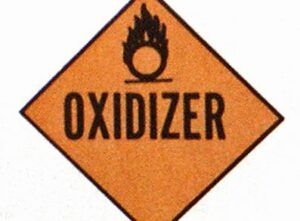HEAT STRESS IN FIREFIGHTING
Firefighters are exposed to a variety of stressors at a fire. These include heavy work over relatively short time spans, dense smoke, noxious gases, flames, intensely heated atmospheres, and having to wear heavy, restrictive protective clothing. In comfortable or warm climates, heat illness is a serious problem.







